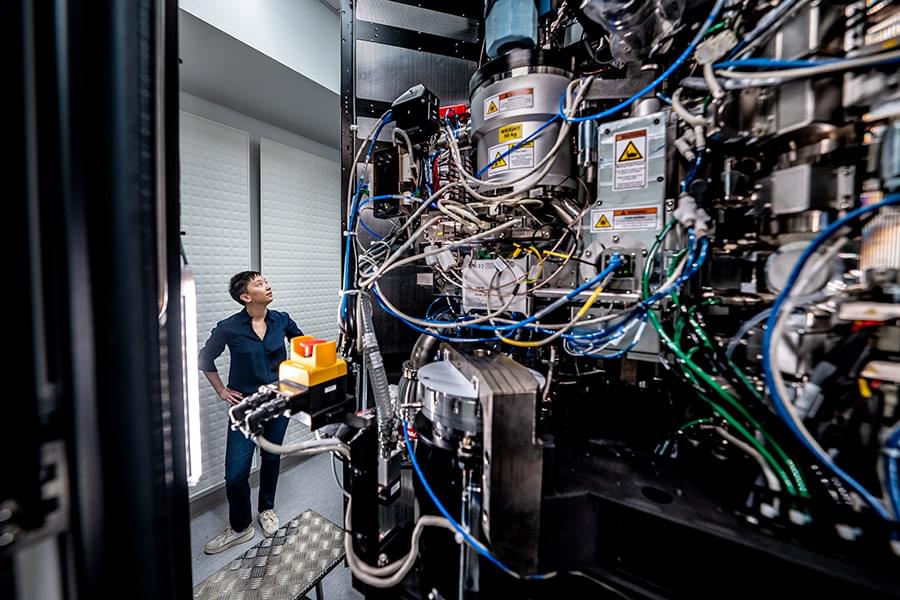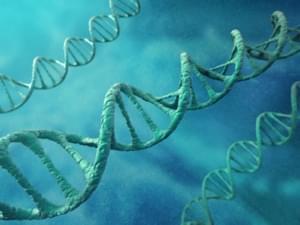Custom-made wool caps have enabled scientists to record electroencephalograms in awake cats for the first time, which could help assess their pain levels.


Custom-made wool caps have enabled scientists to record electroencephalograms in awake cats for the first time, which could help assess their pain levels.
A wormhole is a hypothetical structure connecting disparate points in spacetime, and is based on a special solution of the Einstein field equations. [ 1 ]
A can be visualized as a tunnel with two ends at separate points in spacetime (i.e., different locations, different points in time, or both).
Wormholes are consistent with the general theory of relativity, but whethers actually exist is uncertain. Many scientists postulate thats are merely projections of a fourth spatial dimension, analogous to how a two-dimensional (2D) being could experience only part of a three-dimensional (3D) object. [ 2 ] A well-known analogy of such constructs is provided by the Klein bottle, displaying a hole when rendered in three dimensions but not in four or higher dimensions.

A research team discovered a method to transform materials with three-dimensional atomic structures into nearly two-dimensional structures – a promising advancement in controlling their properties for chemical, quantum, and semiconducting applications.
The field of materials chemistry seeks to understand, at an atomic level, not only the substances that comprise the world but also how to intentionally design and manufacture them. A pervasive challenge in this field is the ability to precisely control chemical reaction conditions to alter the crystal structure of materials—how their atoms are arranged in space with respect to each other. Controlling this structure is critical to attaining specific atomic arrangements that yield unique behaviors. This process results in novel materials with desirable characteristics for practical applications.
A team of researchers led by the National Renewable Energy Laboratory (NREL), with contributions from the Colorado School of Mines (Mines), National Institute of Standards and Technology, and Argonne National Laboratory, discovered a method to convert materials from their higher-energy (or metastable) state to their lower-energy, stable state while instilling an ordered and nearly two-dimensional arrangement of atoms—a feat that has the potential to unleash promising material properties.

More recently, in a period where we upgraded our H2 system from 32 to 56 qubits and demonstrated the scalability of our QCCD architecture, we also hit a quantum volume of over two million, and announced that we had achieved “three 9’s” fidelity, enabling real gains in fault-tolerance – which we proved within months as we demonstrated the most reliable logical qubits in the world with our partner Microsoft.
We don’t just promise what the future might look like; we demonstrate it.
Today, at Quantum World Congress, we shared how recent developments by our integrated hardware and software teams have, yet again, accelerated our technology roadmap. It is with the confidence of what we’ve already demonstrated that we can uniquely announce that by the end of this decade Quantinuum will achieve universal fully fault-tolerant quantum computing, built on foundations such as a universal fault-tolerant gate set, high fidelity physical qubits uniquely capable of supporting reliable logical qubits, and a fully-scalable architecture.


Captured by the James Webb, the Little Red Dots indicate galaxies we’ve never seen before, and what’s inside them is unclear.

Scientists Create Matter from Pure Light, Demonstrating Einstein’s E=mc² Equation in Action.
Physicists at Brookhaven National Laboratory have achieved a groundbreaking experiment, creating matter from light by demonstrating the Breit-Wheeler process. Using the Relativistic Heavy Ion Collider, they accelerated heavy ions to generate nearly real photons, leading to the formation of electron-positron pairs. This experiment showcases Einstein’s E=mc² equation in action, aligning with predictions for transforming energy into matter. While these virtual photons act similarly to real ones, the experiment is a crucial step towards proving the process with real photons when technology advances to create gamma-ray lasers. Don’t forget to comment your thought about this!
